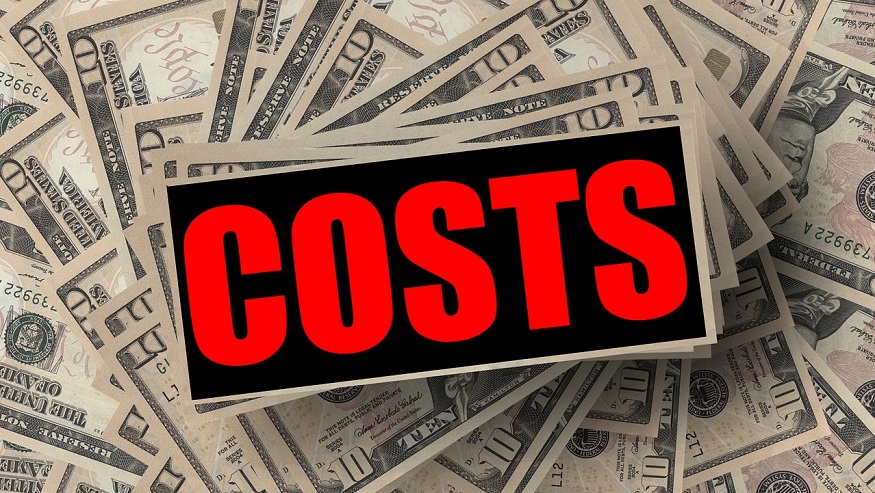The final total is far from known for the insurance and reinsurance industry in terms of the cost of the pandemic crisis, but it is expected to be one of the most expensive event price tags in history.
A new report published by reinsurance broker Guy Carpenter points to record costs.
The pandemic is particularly dangerous because of two primary factors. The first is that it comes with ongoing potential for causing unexpected and unpredictable loss impacts. The second is that it will likely be a most expensive event in the form of one of the slowest developing disasters insurers have ever seen. This sets the industry up for a lengthy uncertain period, said the GC Capital Ideas report published on June 24, 2020.
An examination of the catastrophe losses that have already been tallied for 2020 so far, on top of the typical catastrophe claims that would usually be expected for the second half of the year, the report suggested that the current fiscal year are likely to reach $100 billion at the very least. This would be only the fourth time in history that level has been reached.

The report indicated that this most expensive event could make 2020 the biggest loss year in history.
According to Guy Carpenter, if COVID-19 claims settle somewhere on the higher side of the current market estimate spectrum, or if losses accumulate elsewhere – for instance from an active wind season or through the ongoing unrest in the United States – this could easily bring on the most costly loss year the insurance industry has ever had to face. This may further test “the limits of some carriers’ capital resilience,” said the report.
UPDATED FIGURES FROM JANUARY 2022: According to a recent report by insurance broker Howden, insured losses of $44 billion from COVID-19 so far represent the third-largest cost to insurers of any catastrophe, behind Hurricane Katrina and the 9/11 attacks. However, this figure is significantly lower than initial projections made nearly two years ago, which suggested that COVID-19 insured losses could reach $100 billion-plus.
The report also provided a discussion of some of the more optimistic factors that are helping to offset the extensive negative reports for insurance carriers. For instance, it pointed out that certain business lines, such as personal and commercial auto, have broadly benefited from a sudden and substantial drop in claim frequency since fewer people are on the roads due to lockdowns. This has offered positive offsets for carriers in that sector, said the report.
“Additionally, the fundamentals of reinsurance remain strong: the sector’s capital base has been resilient to the recent financial market volatility and there are still opportunities in this environment for (strongly capitalized) carriers to offer new solutions and grow selectively into challenged lines,” said Guy Carpenter, despite this most expensive event at the core.
UPDATED FIGURES FROM JANUARY 2022: In response to rising losses, property catastrophe reinsurance rates rose by 9% year-on-year on Jan. 1, marking their biggest annual rise since 2009. This increase is significant because reinsurers insure insurers, and their rate hikes are typically passed onto insurers’ customers.
UPDATED FIGURES FROM NOVEMBER 2022: New data released by the American Council of Life Insurers reveals that US life insurers paid out a record $100 billion in benefits in 2021, marking an almost 11% increase from the previous year. This is also the largest year-over-year increase since the 1918 influenza pandemic. While the data doesn’t specify the reasons for the increase in payouts, it is believed to be partially due to Covid-19 deaths, which accounted for 460,513 deaths in the US last year. The purchase of life insurance coverage also saw a rise in 2021, with nearly 46 million policies sold, a 6.1% increase over 2020. However, the total dollar coverage of newly purchased policies dropped by 1.3% to $3.3 trillion, with the average size of a new individual policy being $189,830.


